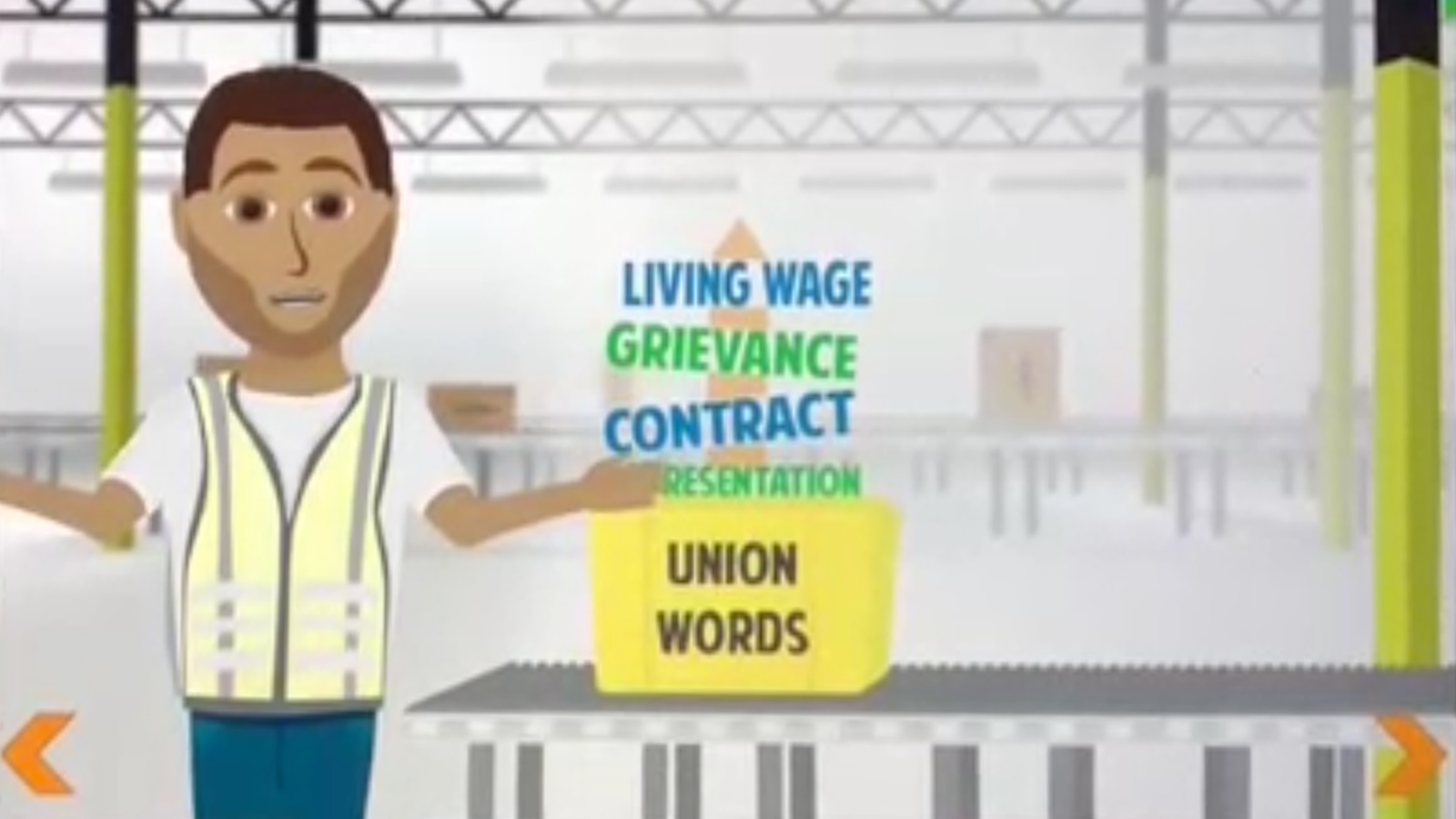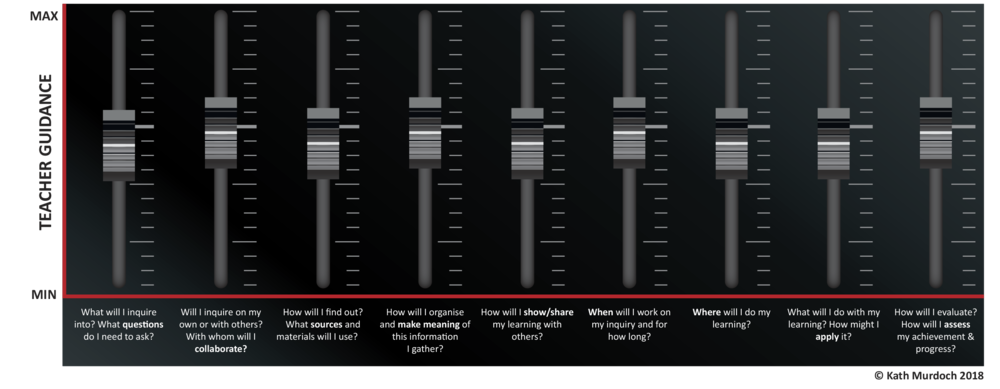It should go without saying that men who participate in Australian rules football (or rugby league, or any other sport for that matter) also put their own bodies at such risk. Those choices, however, are not questioned in the same way women’s are, because men are seen as having autonomy over their bodies and their decisions, while women’s bodies – in the minds of dinosaurs like Malthouse at least – are still subject to men’s control.
For me, I have concern about the expectations placed on AFLW. Like many forms of change and innovation, people often want their cake and to eat it too. It would seem that there is an expectation of parity on the field when I doubt their is parity off the field.
I was watching Talking Footy recently and Brian Taylor spoke about the process that Collingwood are looking at to fix Darcy Moore’s hamstring issues. They are hoping to do biometric testing during the preseason to identify where the stress is coming from. Would an AFLW player who needs to take leave from their full time job receive the same resources dedicated to them?

.png)















